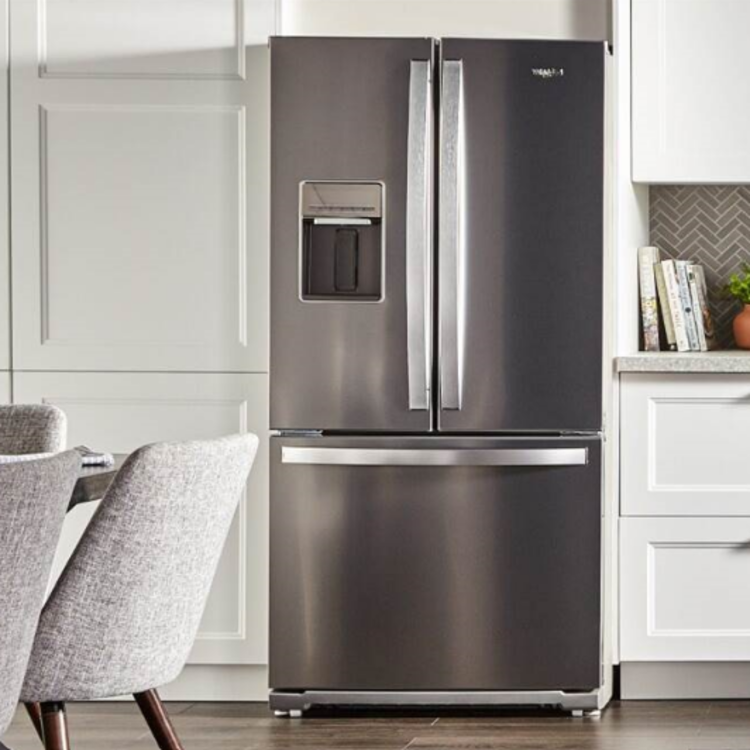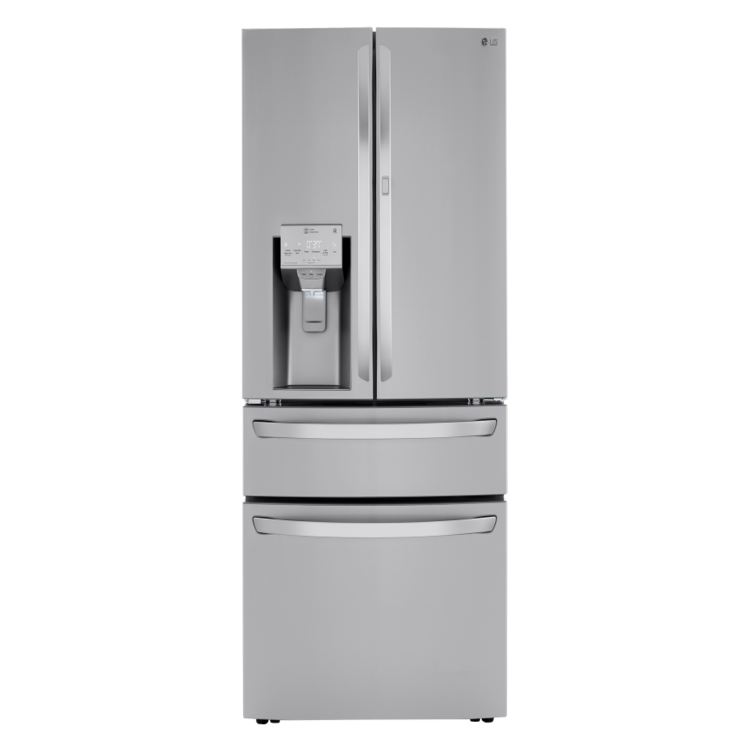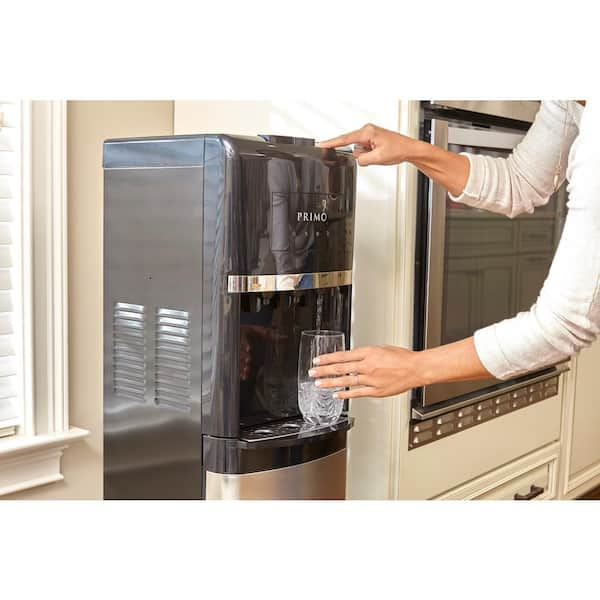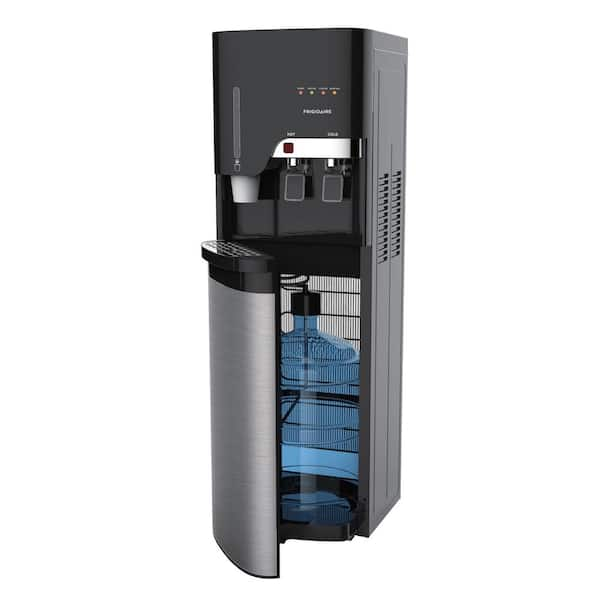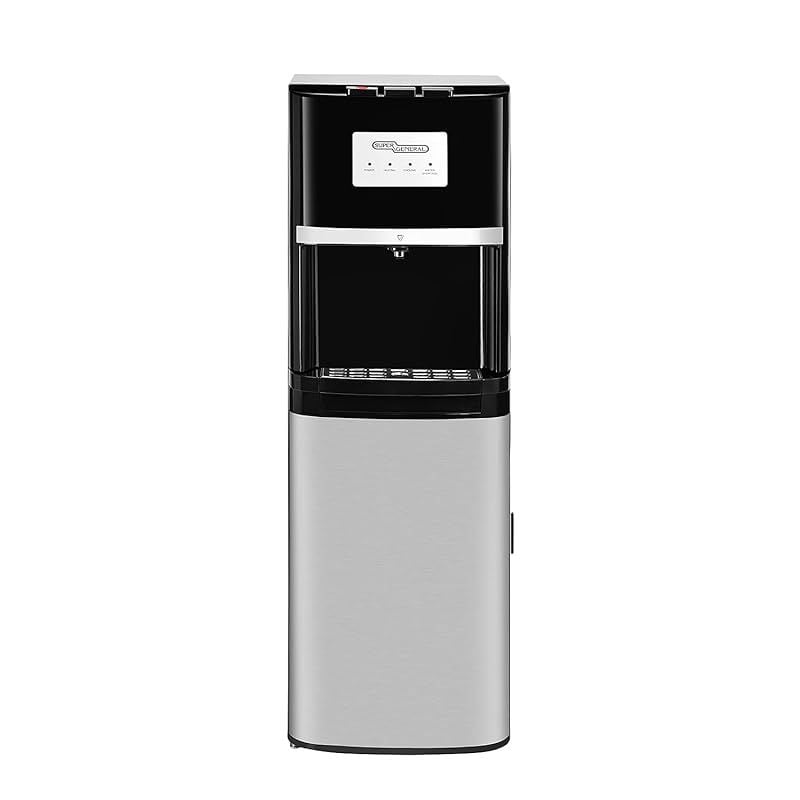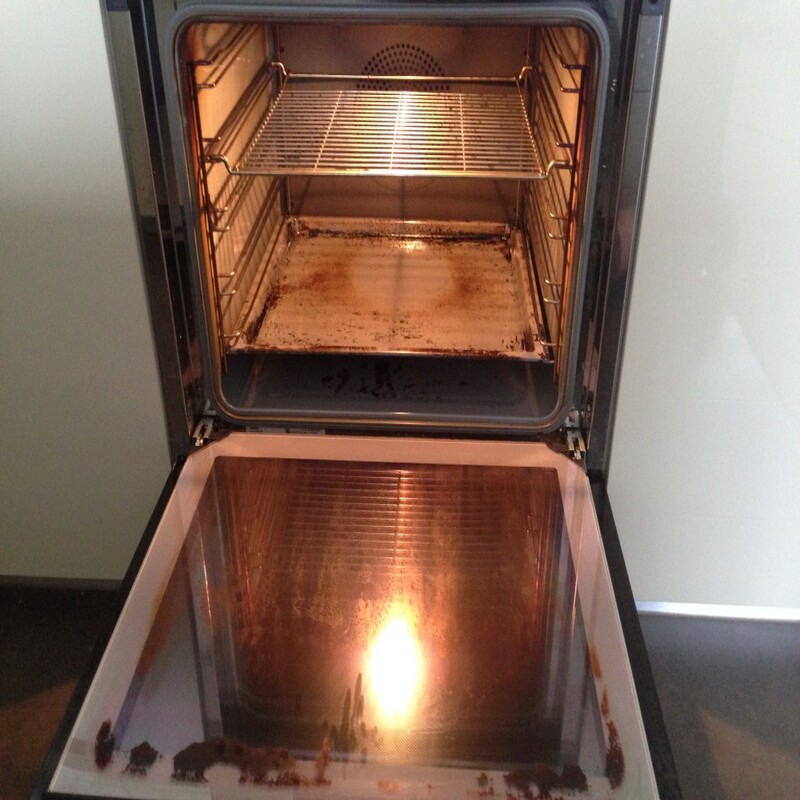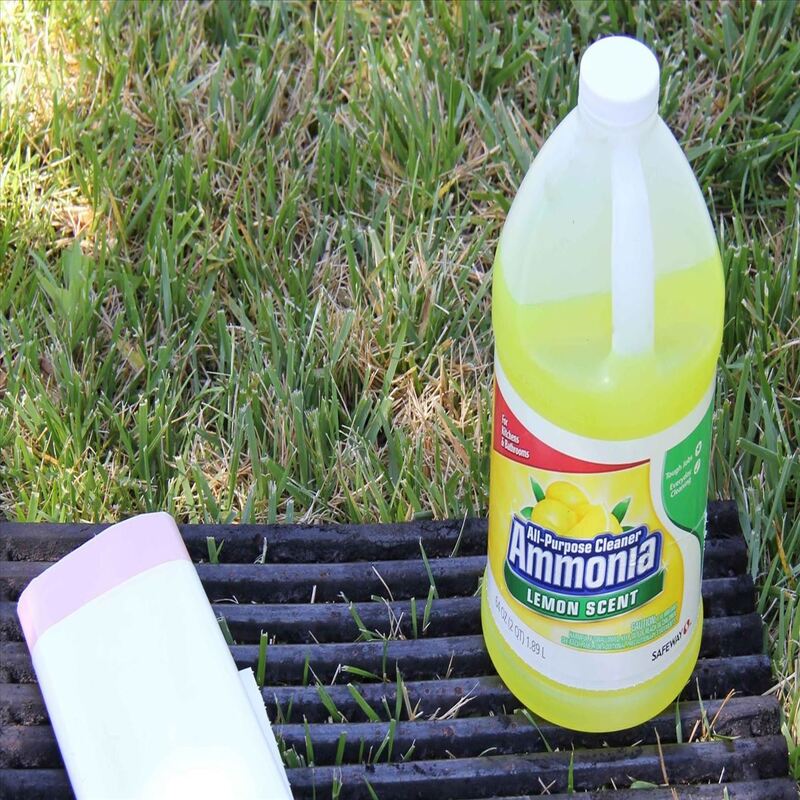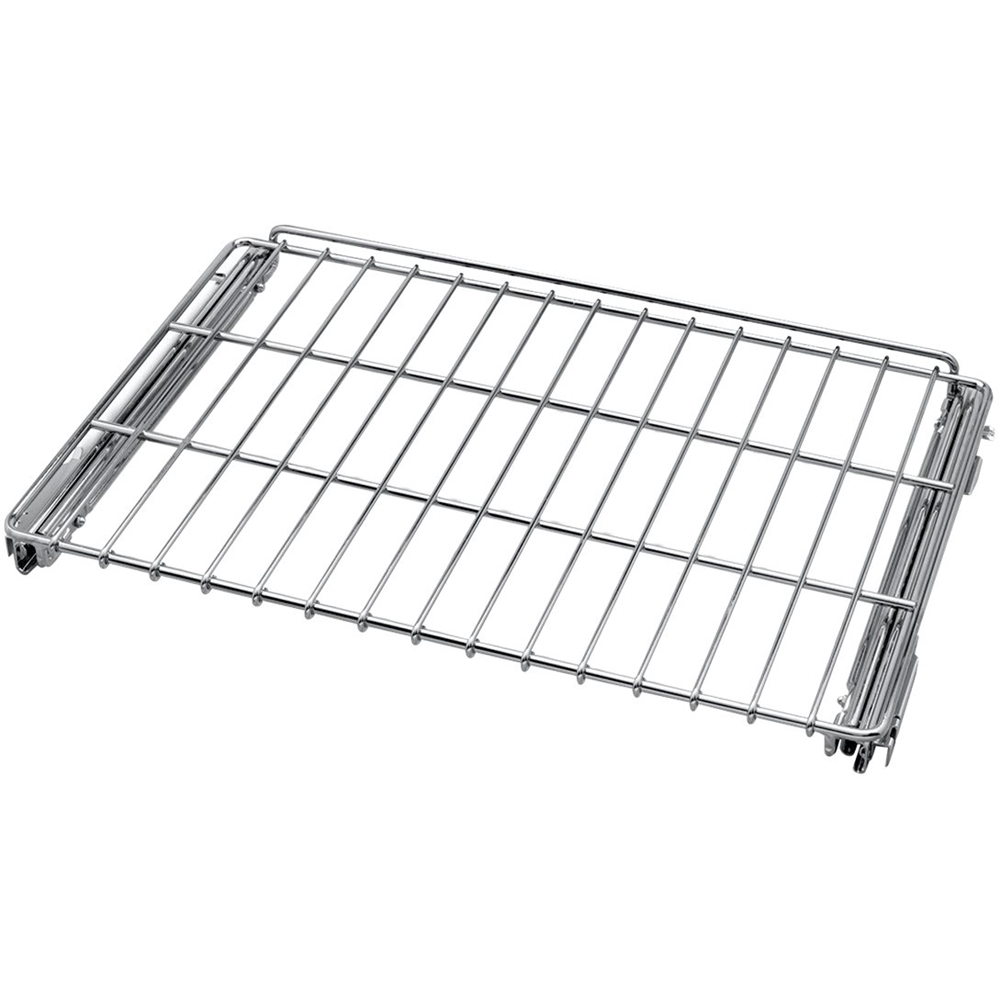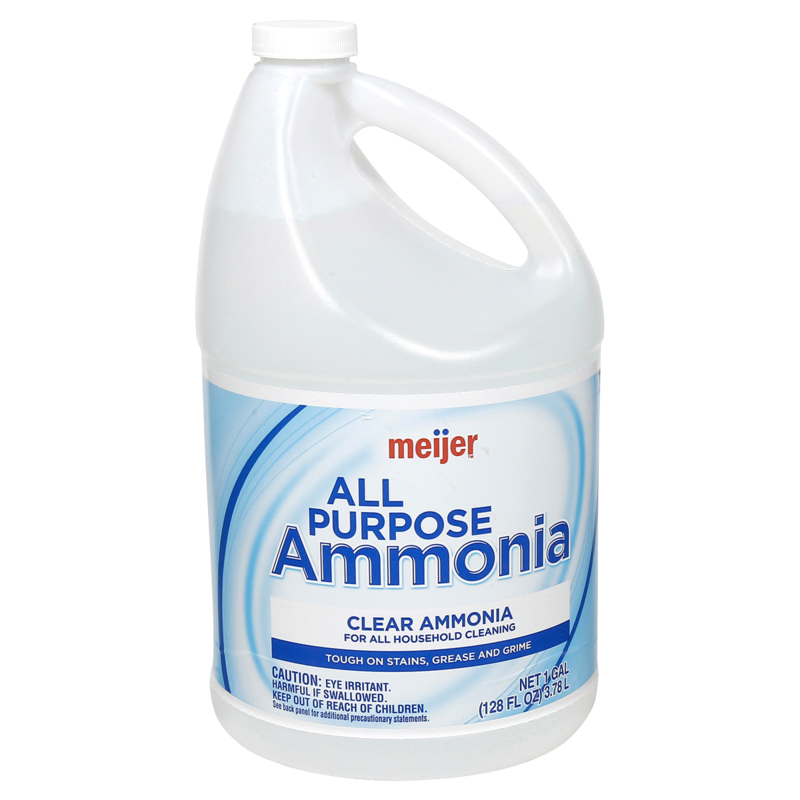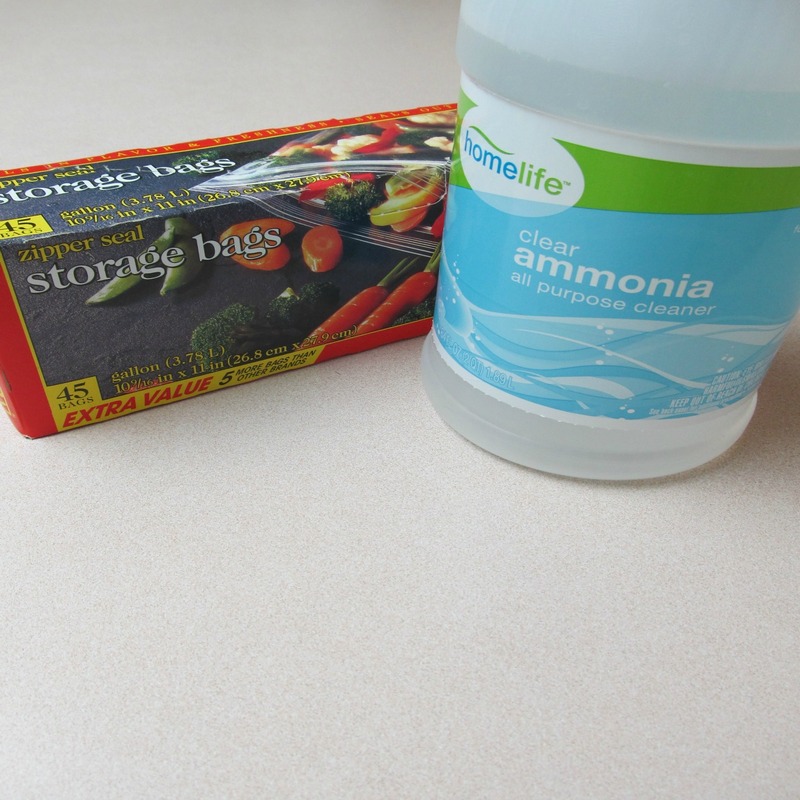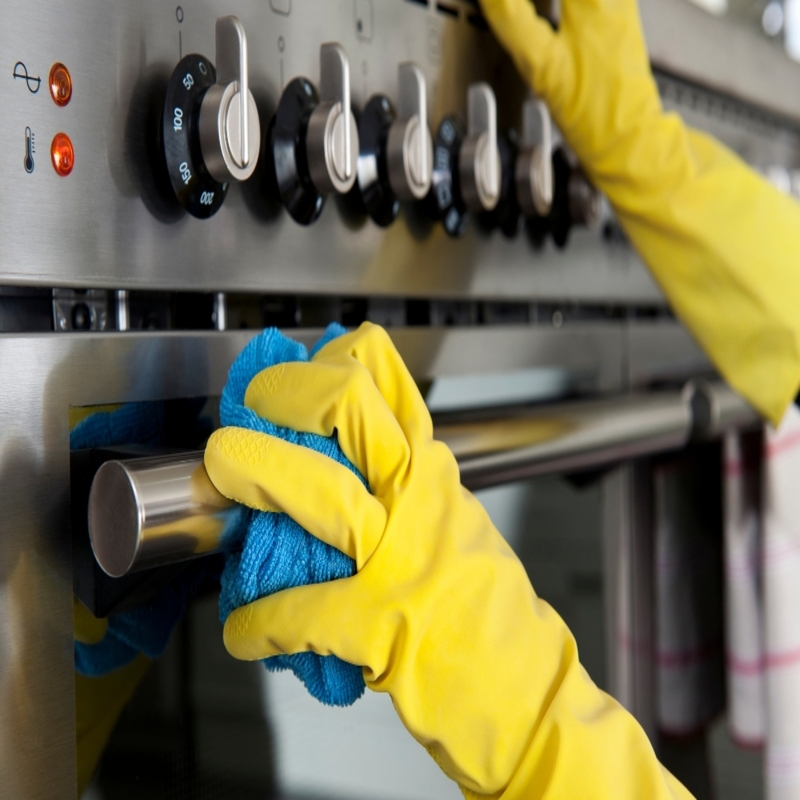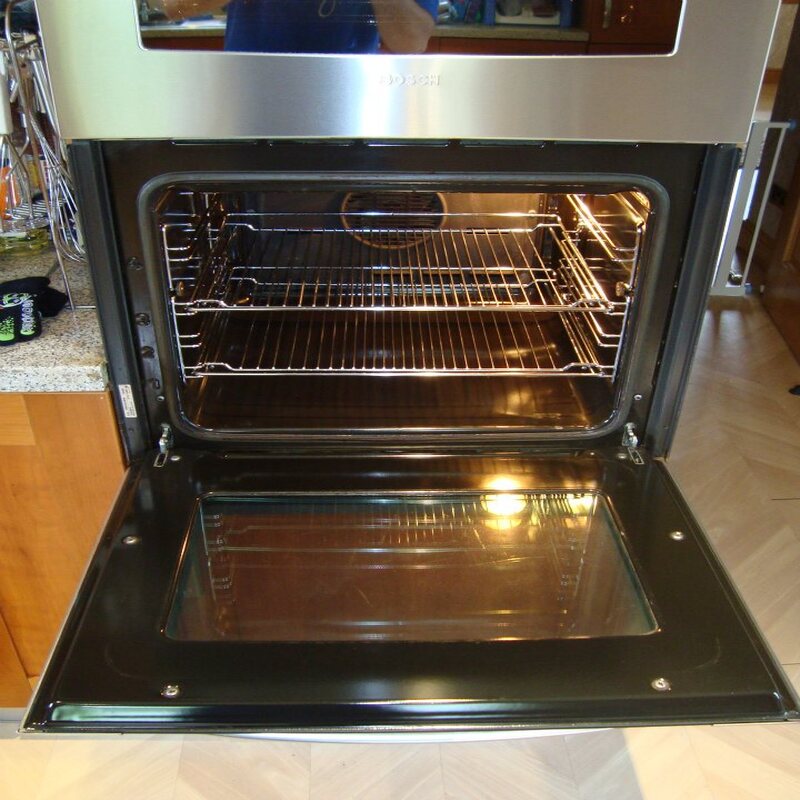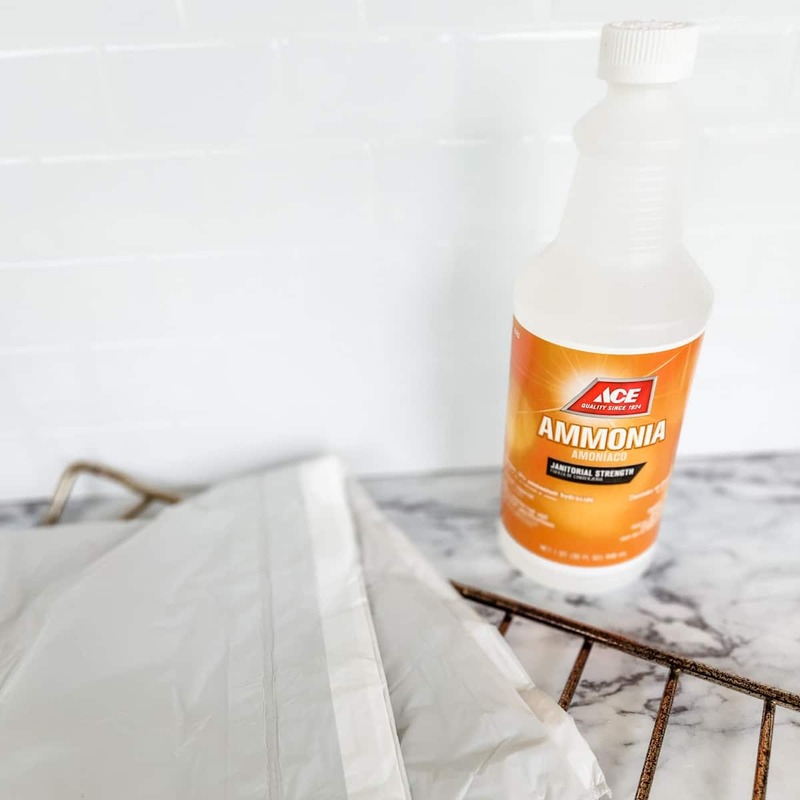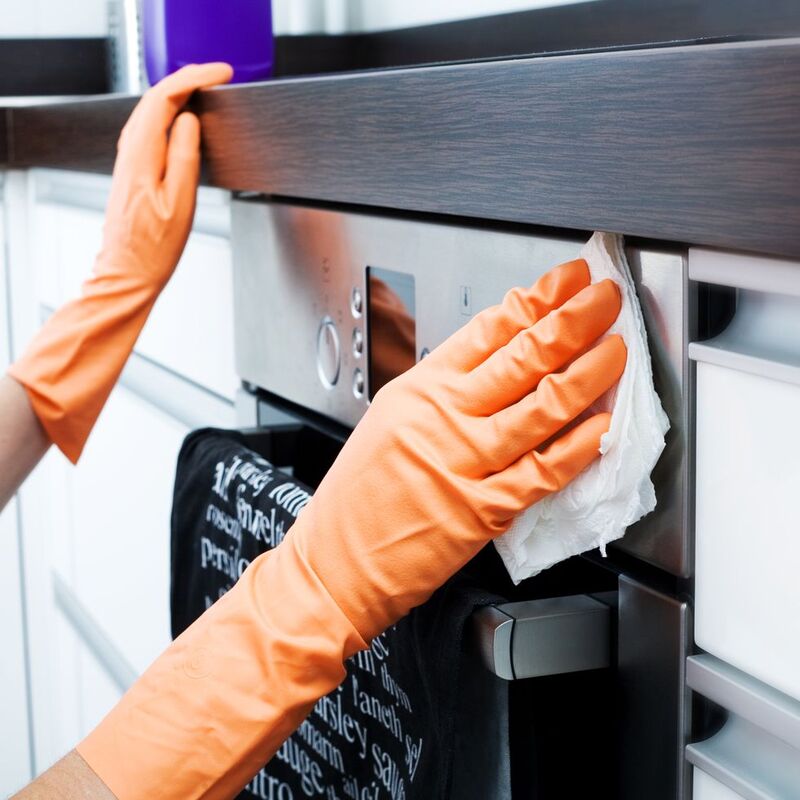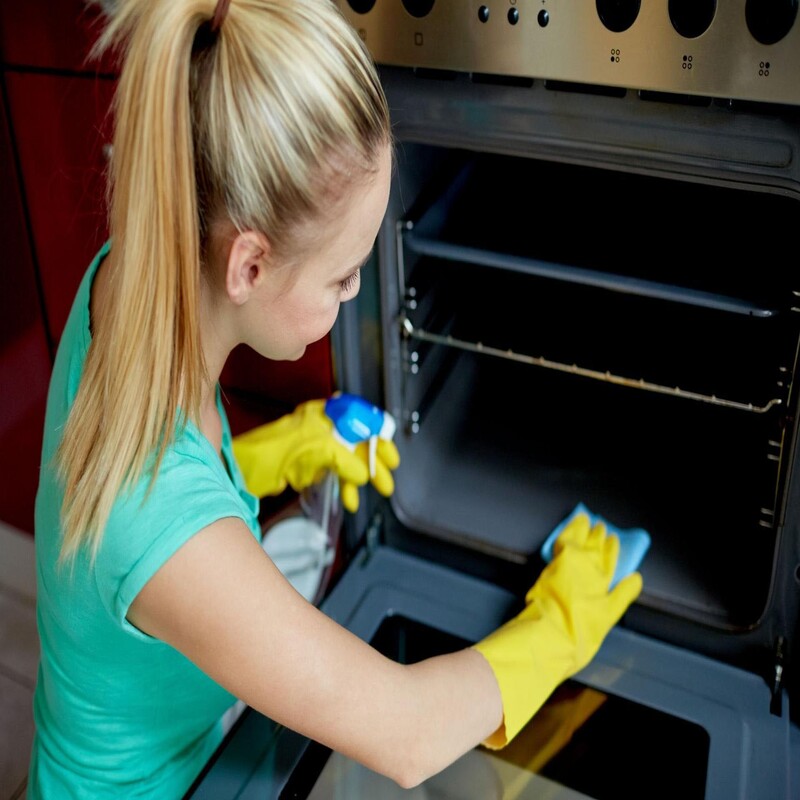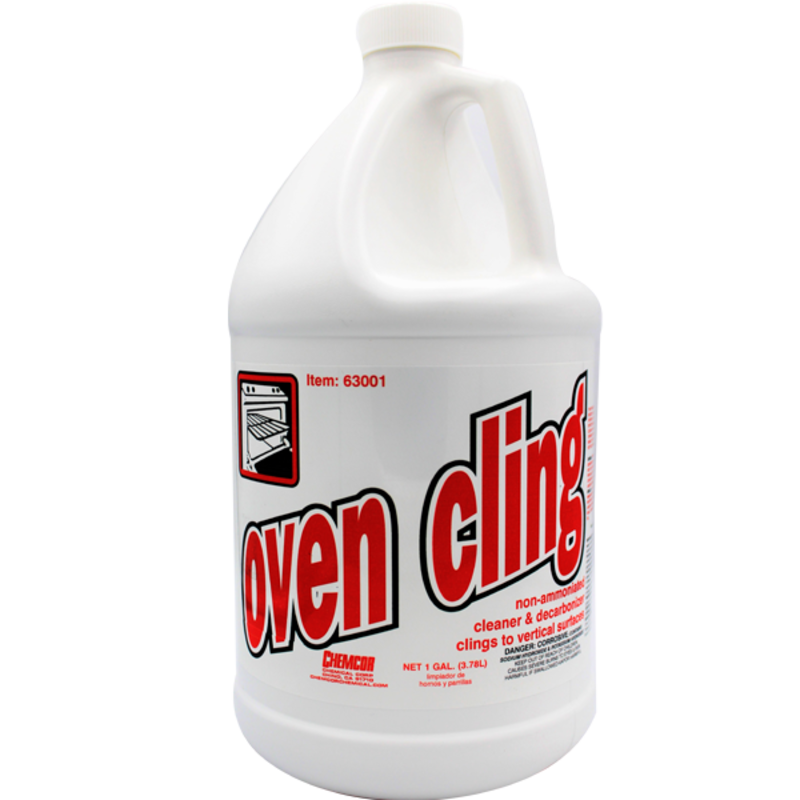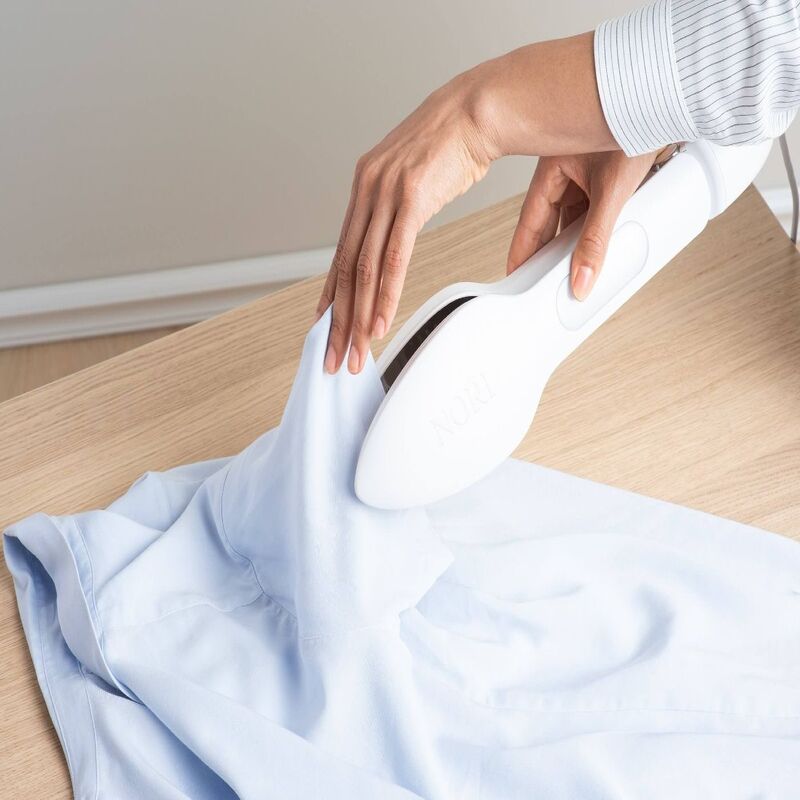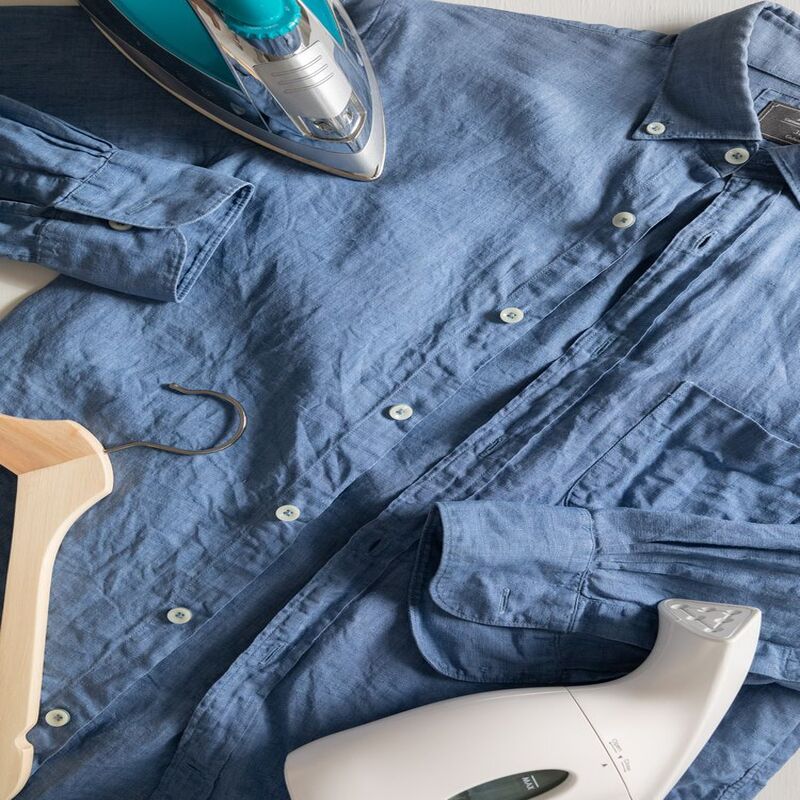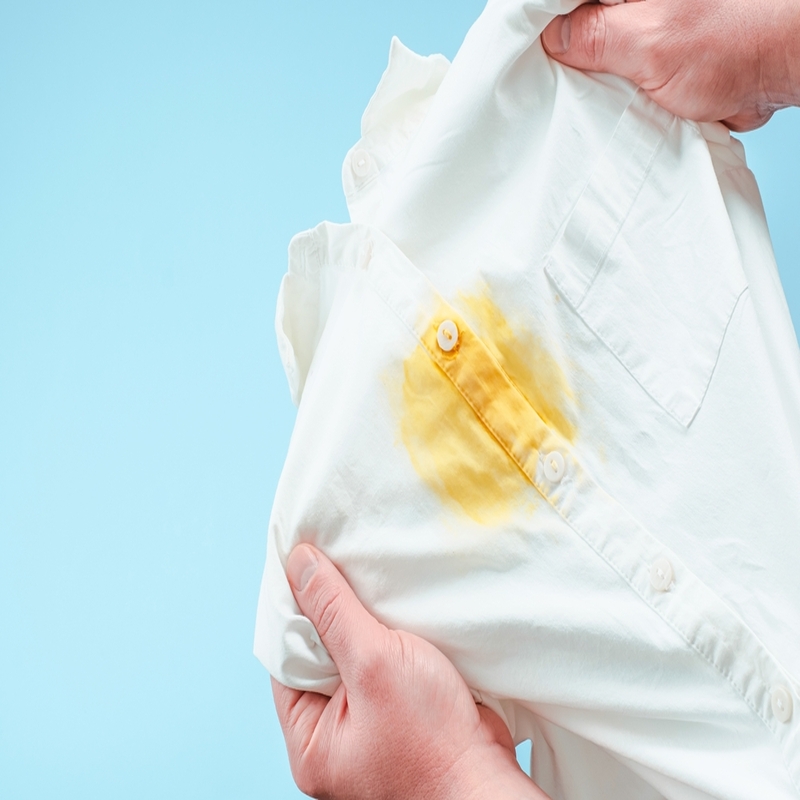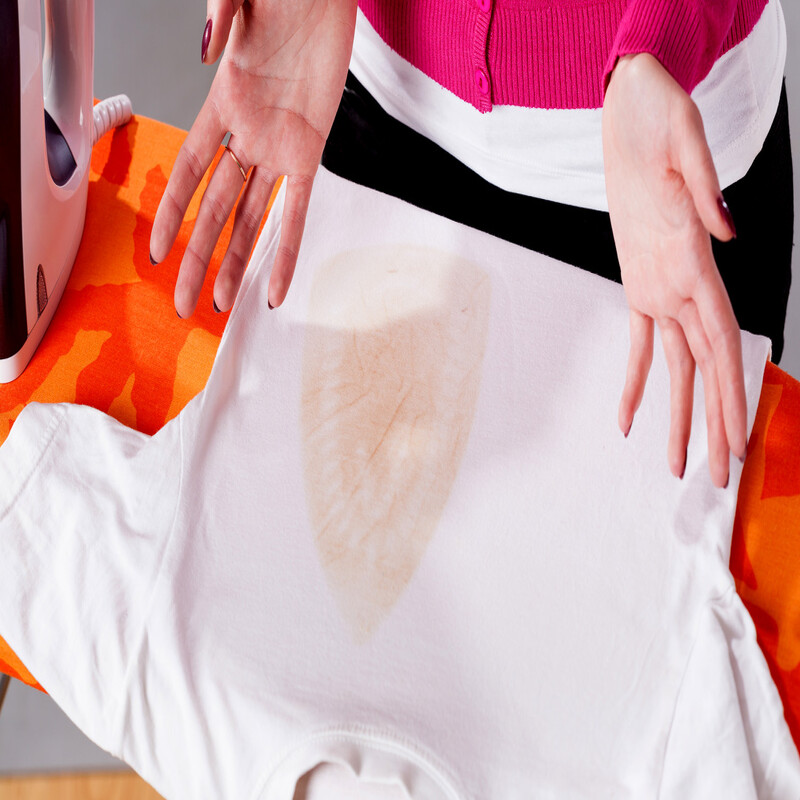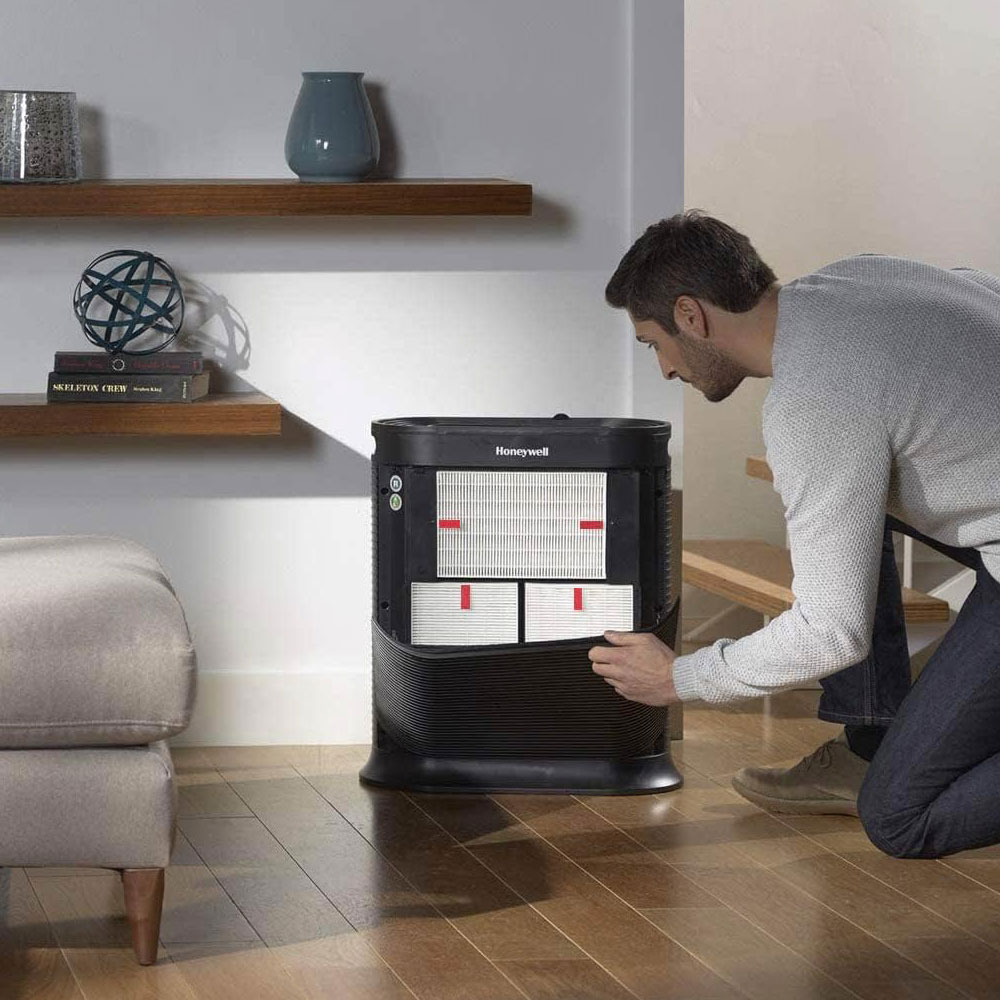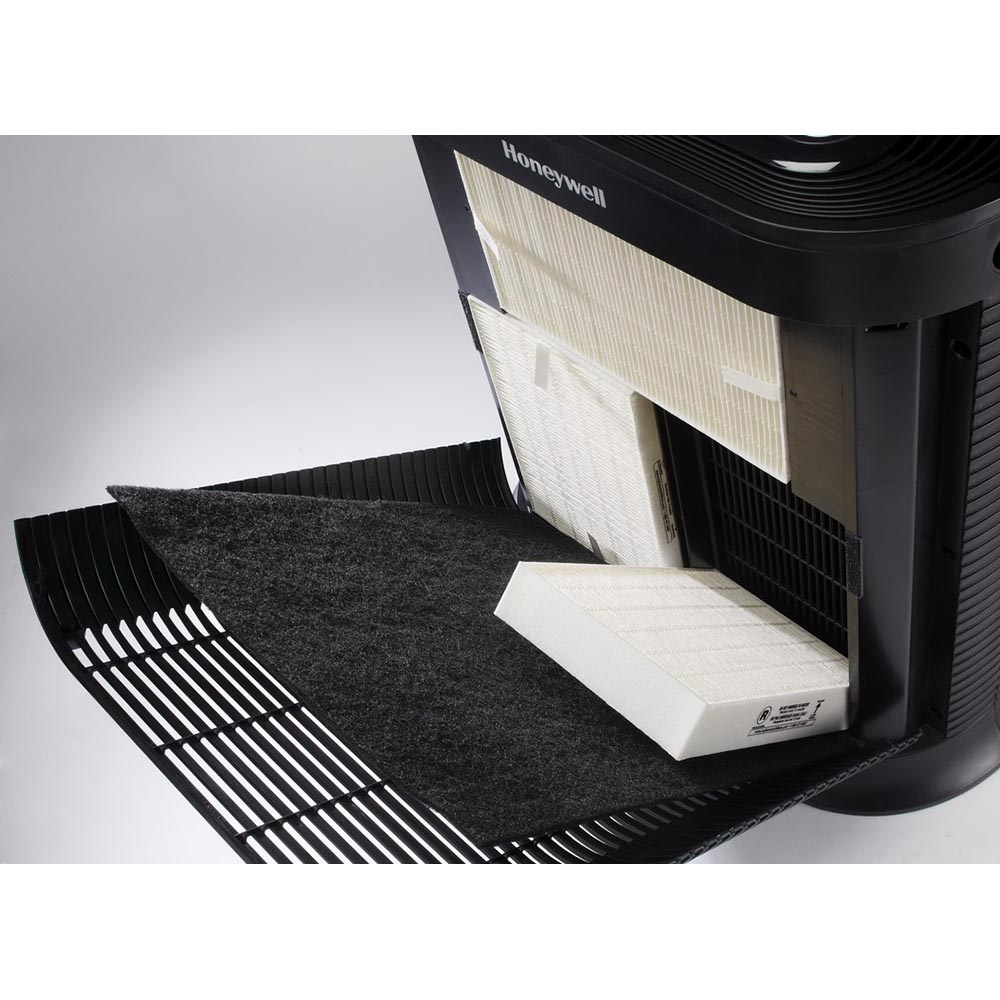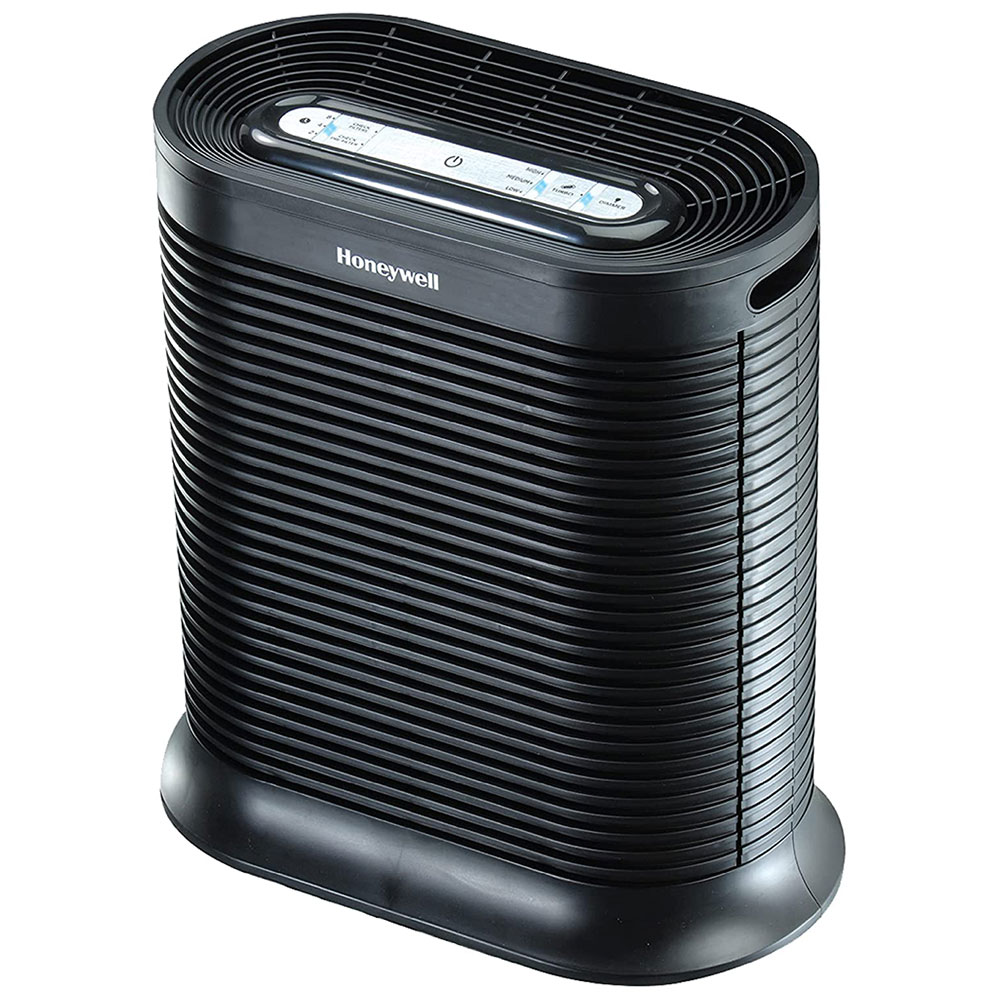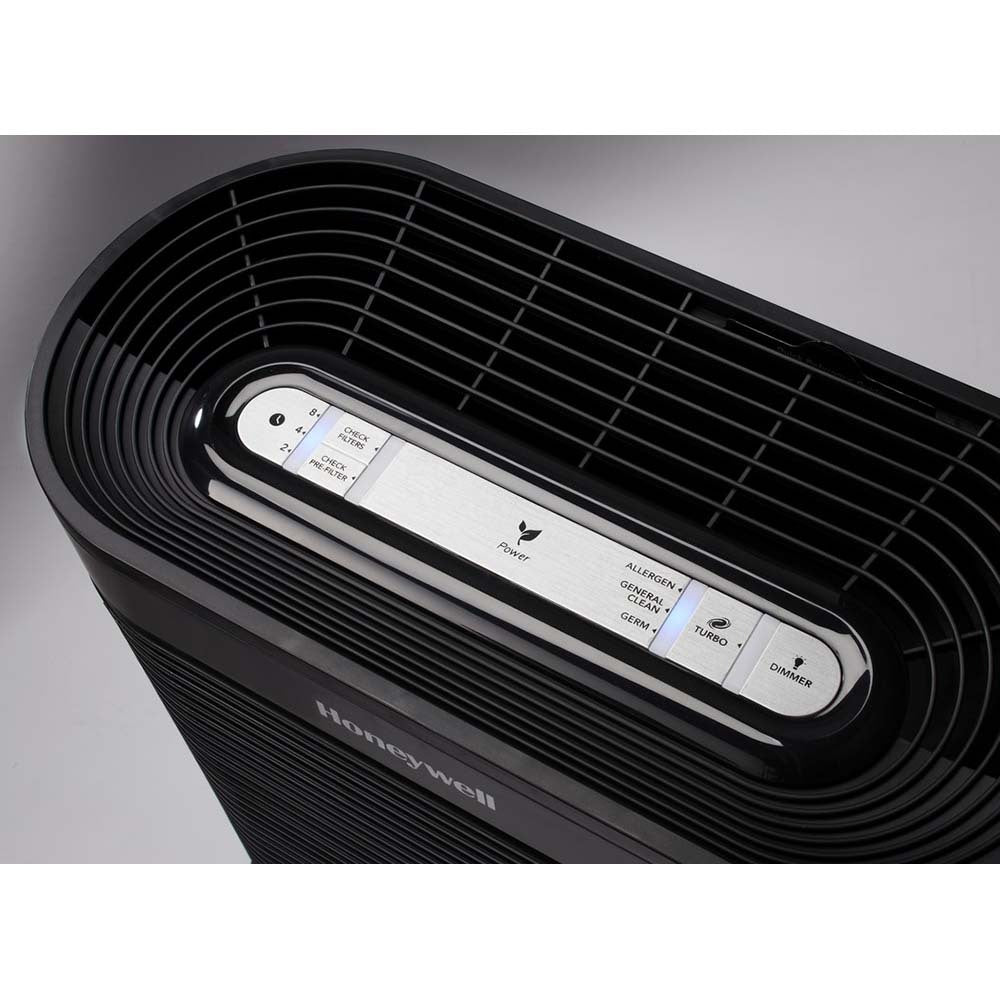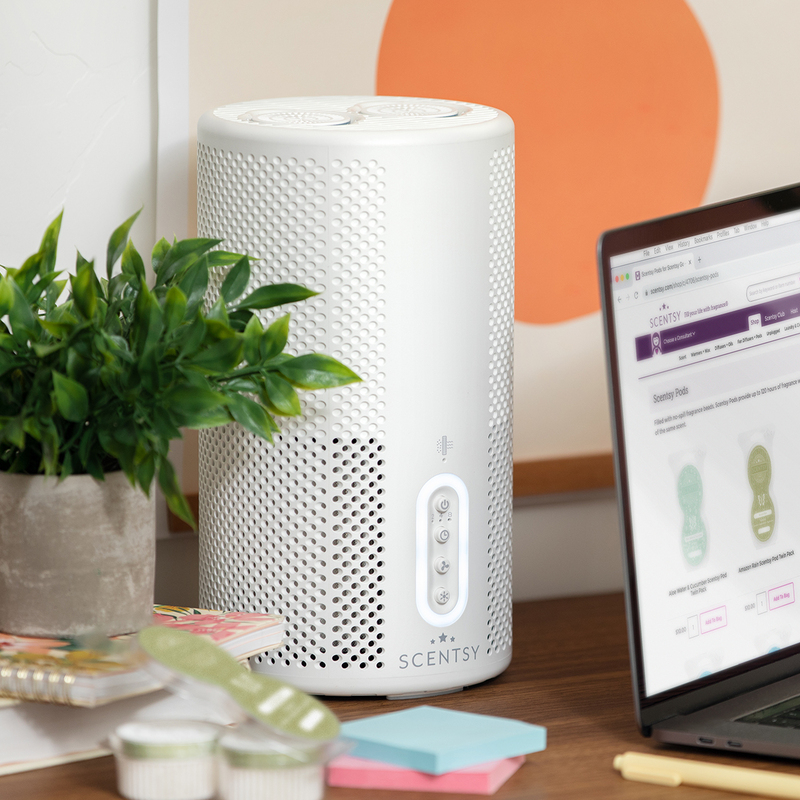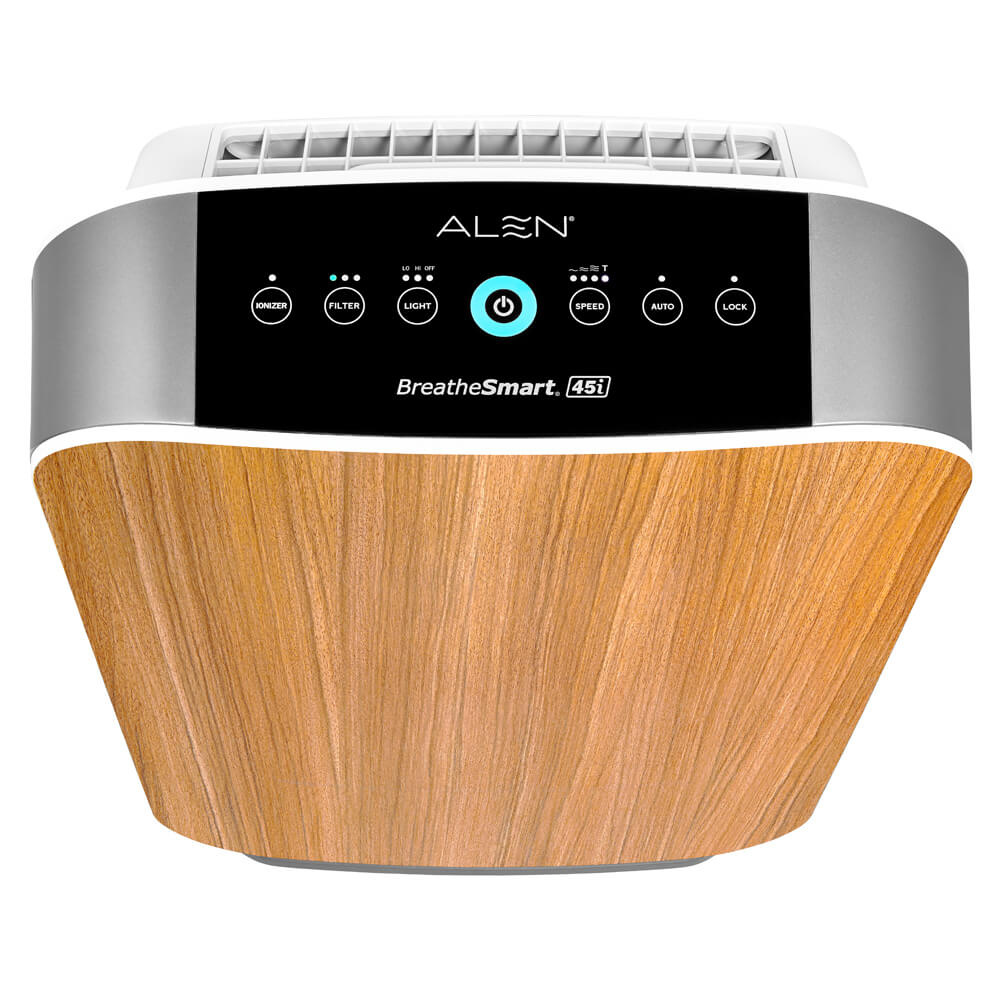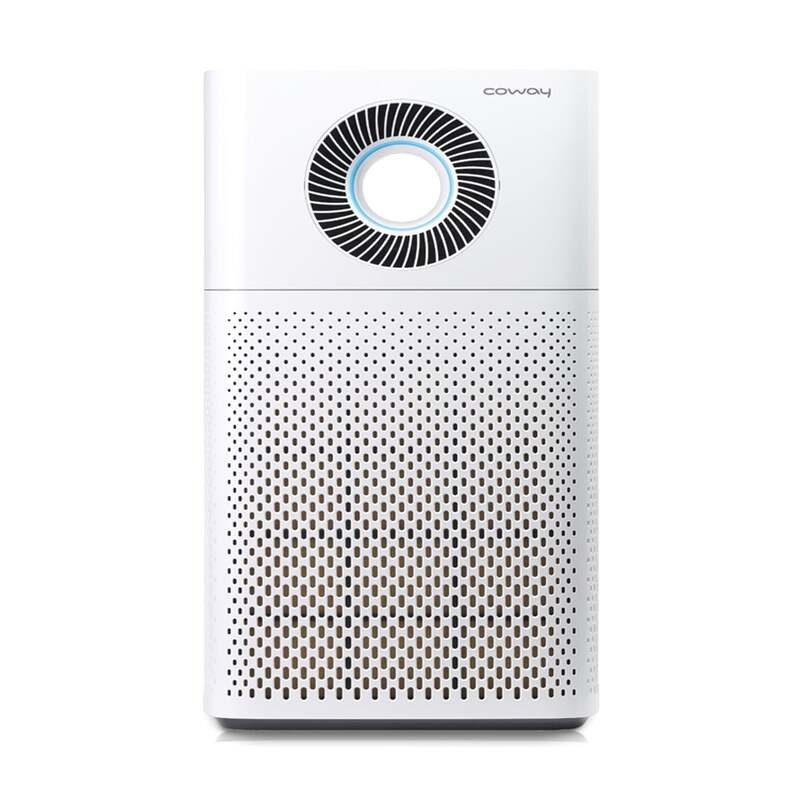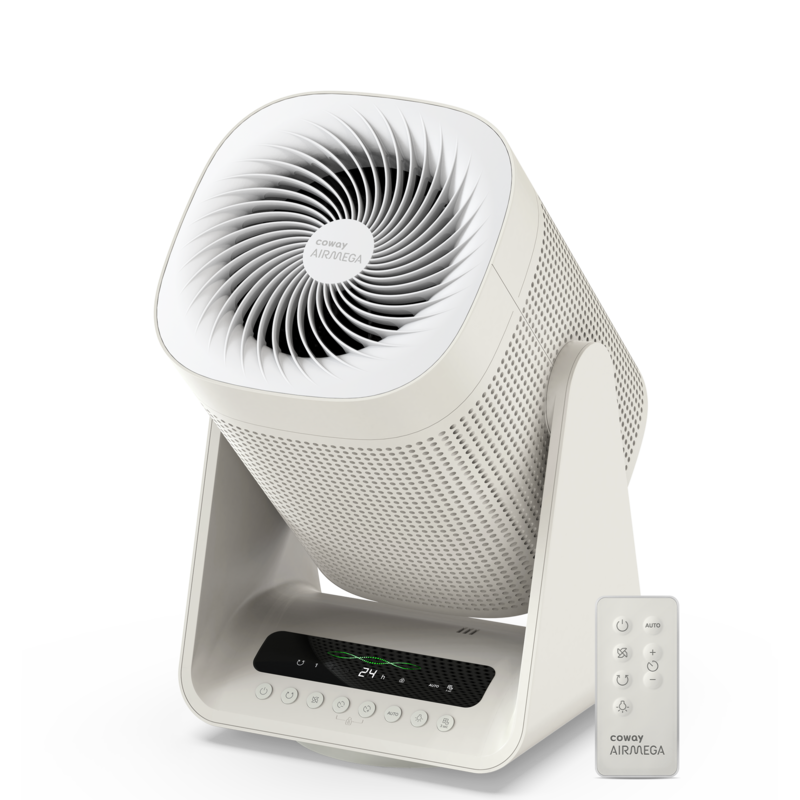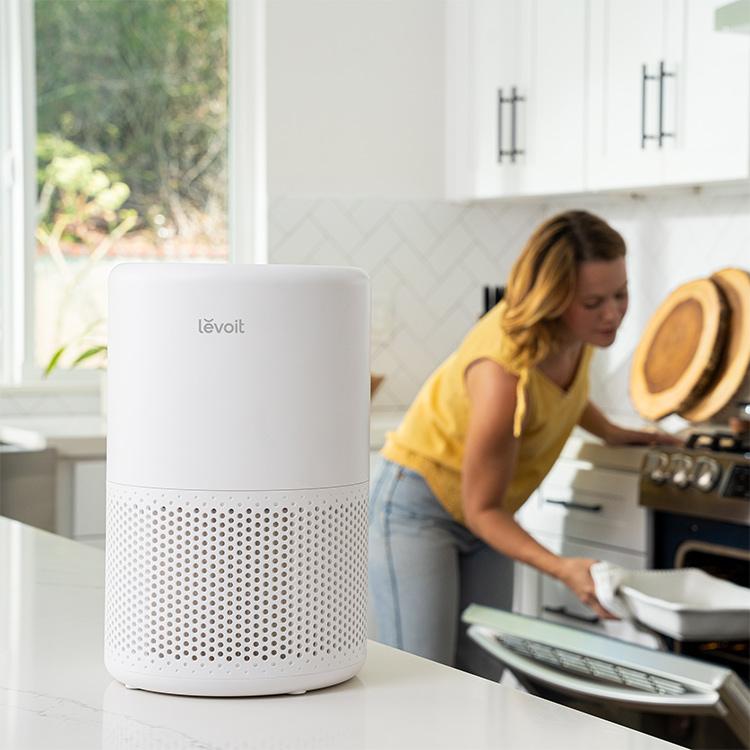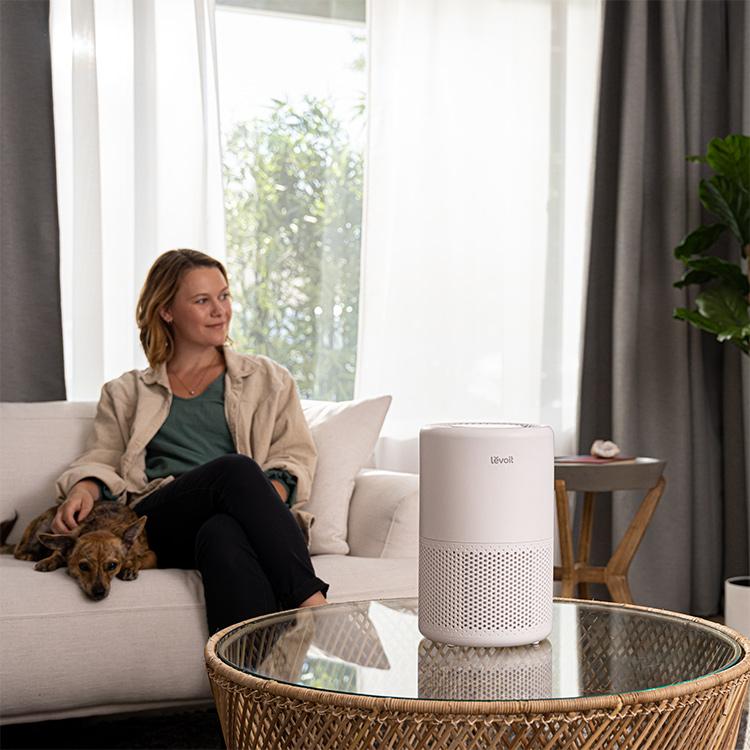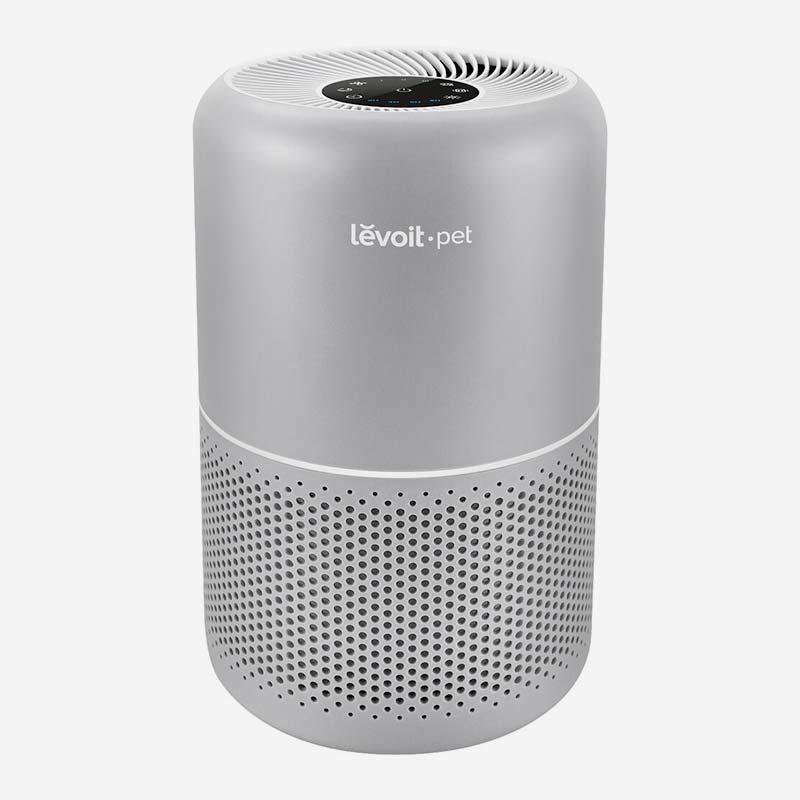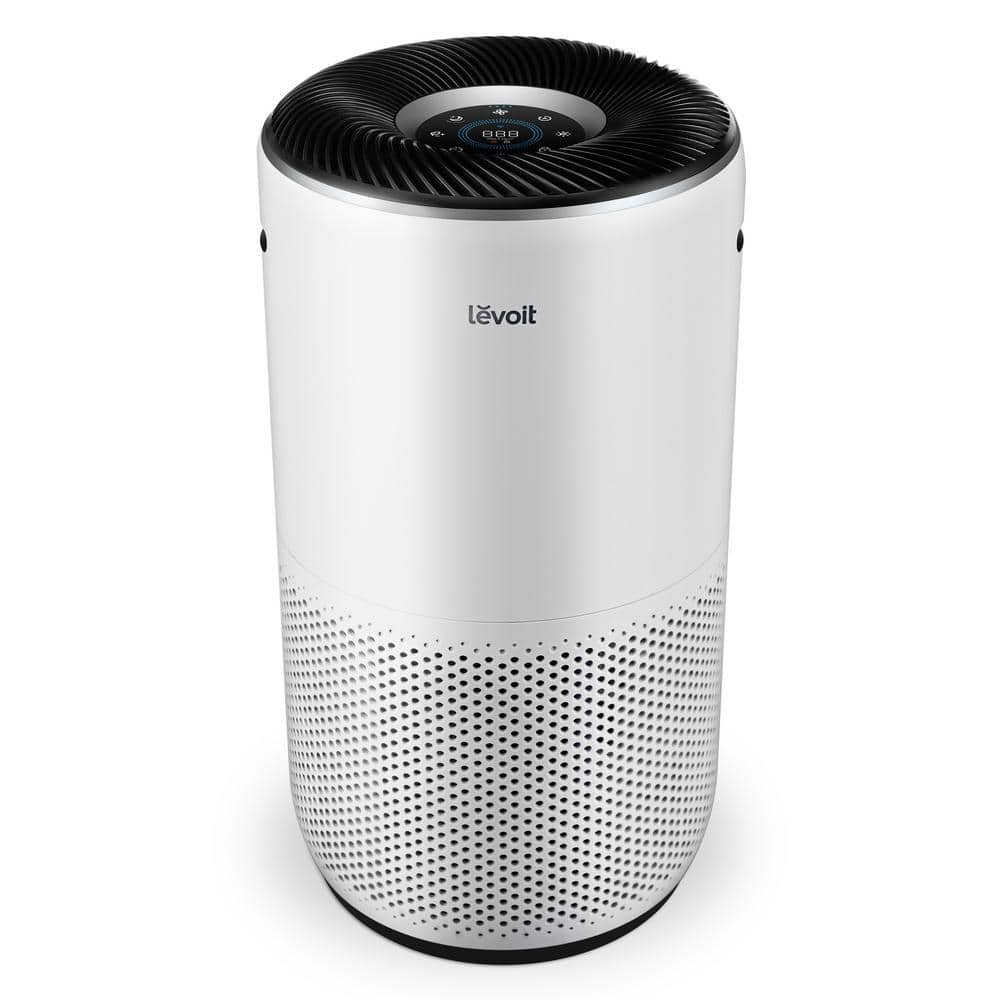Common Symptoms of LG Fridge Malfunctions
Owning an LG refrigerator comes with the assurance of advanced technology and reliability. However, like any appliance, LG fridges can run into issues. Recognizing the common signs of malfunction is key to addressing them quickly. Below are typical symptoms that indicate potential problems with your LG fridge.
- Temperature Fluctuations: If you notice the fridge or freezer isn’t maintaining a steady temperature, or if food is spoiling too quickly, there might be an issue with the cooling system.
- Strange Noises: Unusual sounds, such as humming, buzzing, or clicking, can be a red flag. These can stem from fan motors, the compressor, or other mechanical parts.
- Frost Build-Up or Ice Clumps: Excessive frost or ice clumps in the freezer compartment suggest a problem with the defrost system or the door seal might not be working properly.
- Water Leaks: Puddles of water inside or outside the fridge could signal a clogged defrost drain or a problem with the water dispenser lines.
- Non-Operative Ice Maker: If the ice maker stops producing ice or dispenses smaller or hollow cubes, the water line may be blocked or the ice maker itself could be faulty.
- Control Panel Issues: When the control panel is unresponsive or displays error codes, this indicates a possible electronic control failure.
- Door Seal Wear: Torn or worn seals around the doors can lead to poor cooling and increased energy consumption.
Spotting these symptoms early on can save time and prevent more serious complications. For issues you can’t solve, you may need to consider enlisting the help of a professional repair service.
Troubleshooting LG Refrigerator Temperature Issues
If you’re facing LG refrigerator temperature issues, there are several steps you can take before calling a professional. Temperature inconsistencies can lead to food spoilage and increased energy costs, so it’s important to handle these problems promptly.
- Check Temperature Settings: Verify that your fridge’s temperature settings are correct. Adjust if necessary.
- Inspect the Condenser Coils: Dust and debris on the coils can affect cooling. Clean them carefully.
- Evaluate the Fans: Make sure both the condenser and evaporator fans work and are not blocked.
- Test the Thermostat: Use a multimeter to check the temperature control thermostat for continuity.
- Look at the Air Vents: Ensure that food items are not blocking the air vents inside the fridge.
- Examine the Seals: Inspect the door seals for any tears or gaps that could let warm air in.
- Consider the Compressor: A faulty compressor may need an expert’s attention.
- Review Error Codes: Some LG fridges display codes that can help identify the problem.
By following these steps, you can often solve temperature issues without needing to contact a repair service. If problems persist, professional assistance from an authorized technician may be required.
Dealing with Unusual Noises from Your LG Fridge
When your LG fridge starts making odd sounds, it’s essential to act quickly. Here’s a step-wise approach to resolving noise issues.
- Identify the Noise: Take note of when and what types of noises occur. This can help pinpoint the problem.
- Check the Fan Blades: Inspect the evaporator and condenser fan blades. Remove any obstacles that might be causing the noise.
- Evaluate the Motors: Listen for grinding or whining sounds from the fan motors. If present, motors may need replacement.
- Examine the Compressor: A failing compressor may produce loud or unusual sounds. If you suspect compressor issues, seek professional help.
- Look for Loose Parts: Ensure all panels, handles, and removable parts are secure. Tighten any loose components.
- Defrost the Unit: If you hear sizzling or popping, it might be due to frost buildup. Try defrosting your fridge.
- Consider Water Inlet Valve: A buzzing or humming during ice making suggests water valve checks. It could need a repair or replacement.
Addressing these issues early can prevent larger problems and extend your fridge’s life. If noise persists or if you’re unsure, contacting a professional is wise. Keep your fridge running quietly and efficiently with these troubleshooting steps.
Resolving LG Fridge Water and Ice Dispenser Problems
Dealing with water and ice dispenser issues in an LG refrigerator involves several steps. Typically, these problems manifest as a water dispenser that won’t release water, an ice dispenser that won’t produce or dispense ice, or water leakage around the dispenser area. Here’s a simplified guide to help you troubleshoot these dispenser issues:
- Check Water Supply: Confirm that the refrigerator is connected to a water supply and the valve is open.
- Inspect Water Lines: Look for any kinks or damage to the lines that could restrict water flow.
- Test Water Pressure: Make sure your household water pressure is sufficient, usually around 20 to 40 psi.
- Replace Filters: Change the water filter every six months to prevent clogs and maintain water flow.
- Defrost Water Lines: If the lines are frozen, gently thaw them to restore water delivery to the dispenser.
- Clean Dispenser Elements: Wipe down the dispenser area, and ensure that no residue is blocking the nozzles.
- Evaluate Dispenser Switch: Use a multimeter to check for electrical continuity. Replace if faulty.
- Look at Motor and Solenoid: If the dispenser or ice maker is not activating, these components may need replacement.
By systematically checking each of these points, you can address the root cause of your LG fridge’s water and ice dispenser problems. However, if these issues persist after troubleshooting, it’s best to seek help from an authorized LG service technician to properly diagnose and fix the problem.
LG Freezer Complications and Solutions
When your LG freezer encounters issues, it may show signs such as a lack of proper cooling, frost buildup, or the ice maker not functioning correctly. To troubleshoot these problems, follow these simple steps before contacting a professional.
- Check the Temperature Settings: First, ensure that the freezer’s temperature is set correctly. It should be around 0°F (-18°C).
- Inspect the Door Seal: Look for any tears or gaps in the door seal that could allow warm air to enter.
- Defrost the Freezer: If there’s frost buildup, manually defrost your freezer to remove any ice that could be blocking the vents or affecting the temperature sensors.
- Clear Vents: Make sure that nothing is blocking the air vents in the freezer. Good airflow is essential for proper cooling.
- Examine the Evaporator Coils: If they’re frosted over, the defrost system may be at fault. A professional might need to check the defrost heater and thermostat.
- Check the Ice Maker: If the ice maker is not working, ensure it’s switched on and that there are no blockages in the water line. Also, check if the filter needs replacing.
These steps can help you identify issues with your LG freezer. Resolving minor problems can be straightforward, but if complications persist, it’s crucial to seek the service of an authorized LG repair technician. They can address intricate problems, such as a faulty defrost heater, issues with the evaporator fan, or a problematic control board.
Step-by-Step Guide for Troubleshooting an LG Ice Maker
When the ice maker in your LG refrigerator stops working, it can be frustrating. Here’s a simple guide to help you troubleshoot the issue step-by-step.
- Check the Power Connection: Make sure the ice maker is turned on and properly plugged in.
- Examine the Water Line: Look for any kinks or blockages in the water line that could restrict ice making.
- Inspect the Filter: Change the water filter if it’s been more than six months or if it’s clogged.
- Test the Water Pressure: Low water pressure may affect ice production. Ensure it’s at the recommended level.
- Look at the Temperature: The freezer should be at the correct temperature for ice to form, usually 0°F (-18°C).
- Check for Ice Clumps: Remove any clumped ice that could be blocking the mechanism.
- Reset the Ice Maker: Sometimes a reset can solve the problem. Turn it off, wait a few minutes, and turn it back on.
- Evaluate Sensor Arms: Make sure the sensor arms move freely and are not obstructed.
If these steps don’t resolve the issue, the ice maker may need a deeper examination or repairs from an LG professional technician. Maintenance can prevent some common problems, but when in doubt, it’s safe to call for expert support to ensure your ice maker returns to optimal function.
When to Seek Professional LG Appliance Repair Services
While there are many problems with LG fridges that can be fixed at home, some require a professional touch. Here’s when you should call in the experts:
- Complex Issues: If you’ve tried troubleshooting with no success, an expert may need to step in.
- Compressor Problems: Compressor issues are not DIY-friendly and need a technician’s expertise.
- Electrical Problems: Faulty wiring or control boards require a professional for safety reasons.
- Refrigerant Leaks: Only certified technicians should handle refrigerant leaks due to health and safety risks.
- Persistent Noises: Ongoing strange noises may indicate deeper mechanical issues.
- Water Leaks: If basic troubleshooting hasn’t stopped leaks, a specialist should examine the appliance.
- Warranty Concerns: Have an authorized service technician make repairs to keep your warranty valid.
- Lack of Tools or Knowledge: If you don’t have the right tools or enough knowledge, it’s safer to hire a professional.
Expert technicians can diagnose issues quickly and have the proper tools to fix them efficiently. Remember, tinkering with your fridge without the right expertise can lead to more problems or void your warranty. Contact an authorized LG appliance repair service when in doubt to ensure your fridge receives the care it deserves.
Preventive Maintenance Tips for LG Refrigerators
To keep your LG refrigerator in top condition, regular preventive maintenance is crucial. It not only helps in avoiding common problems but also extends the lifespan of your appliance. Here are practical tips to ensure your fridge runs smoothly:
- Regular Cleaning: Dust and wipe down your fridge monthly. Clean spills immediately to prevent odors and bacteria growth.
- Check Seals Often: Inspect door seals to make sure they’re sealing properly. Replace them if you see any cracks or tears.
- Defrost Freezer: If your model is not frost-free, defrost it regularly to keep the freezer efficient.
- Vacuum Condenser Coils: Dust off the coils behind or beneath the fridge twice a year to maintain cooling efficiency.
- Change Water Filters: Replace the water filter every six months to ensure clean water and ice.
- Keep It Full: A full fridge maintains temperature better than an empty one, but don’t overpack.
- Arrange Food Properly: Don’t block air vents with food items. This ensures even cooling.
- Inspect for Weird Noises: Stay alert for any strange sounds that may signal potential problems.
- Avoid Opening Doors Frequently: Constant opening lets warm air in, forcing the fridge to work harder.
- Set Right Temperature: Keep your fridge and freezer at the recommended temperatures.
- Review the Manual: Familiarize yourself with the manufacturer’s guidelines for maintenance.
By following these tips, you can prevent common problems that might require a technician’s help. Embrace these habits to ensure your LG refrigerator remains cool, quiet, and efficient.

